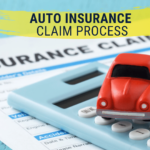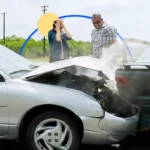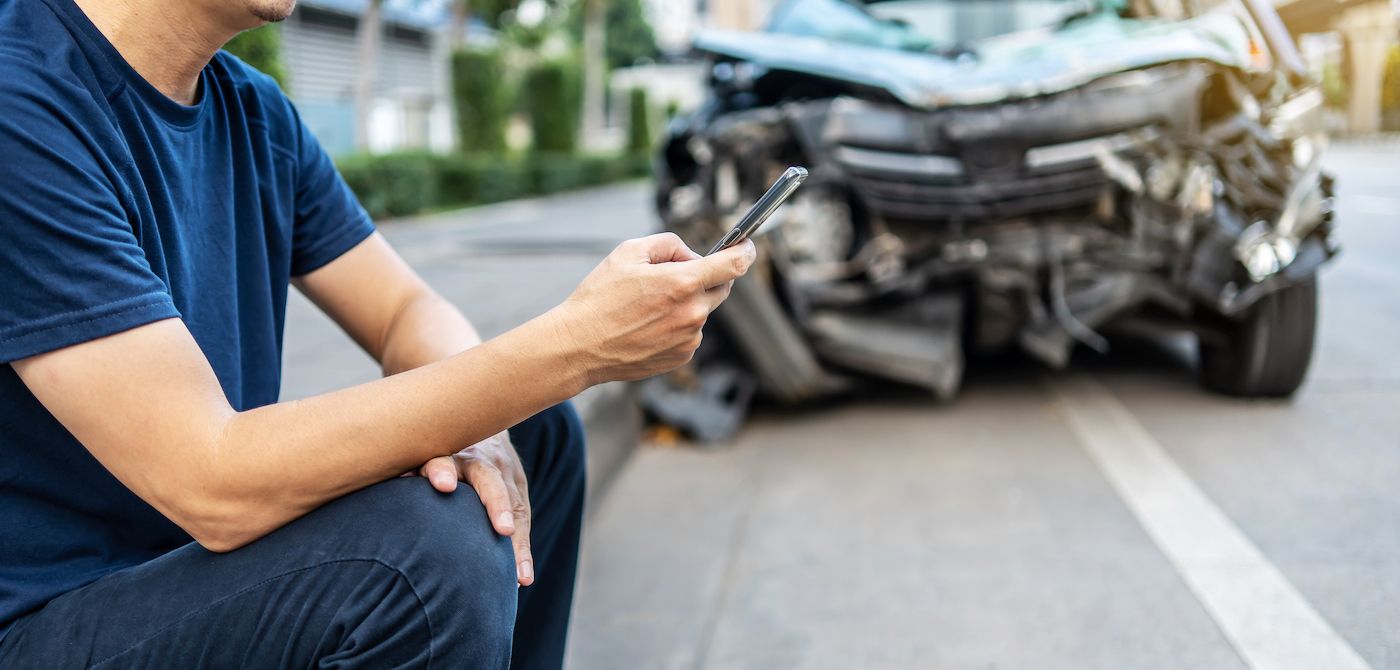Auto accidents are stressful, no matter how minor or severe the incident may be. The moments following a crash can feel inviting, but how you handle the situation can make a big difference when it comes to filing an insurance claim and resolving any issues. Knowing exactly what to do after a auto accident can help you stay calm, cover your interests, and insure you’re in the stylish position to handle the fate.
In this step- by- step companion, we’ll walk you through the essential conduct to take after an accident, from icing safety at the scene to reporting the incident to your insurance company. Let’s break it down.
1. insure Safety First
The first thing you should do after an accident is to insure everyone’s safety. Check yourself, your passengers, and the other parties involved in the crash.
Check for injuries If anyone is hurt, call 911 incontinently to request medical backing. Indeed if you do n’t feel injured, it’s a good idea to get checked by a medical professional, as some injuries may not be incontinently egregious.
Move to a safe position If possible, move your vehicle to a safe spot, down from traffic.However, pull over to the side of the road to avoid blocking business and farther adding the threat of another collision, If your auto is drivable and it’s safe to do so. Turn on your hazard lights to warn other motorists.
Do n’t leave the scene noway leave the scene of an accident, indeed if it’s a minor bone . Leaving could affect in felonious charges or penalties, especially if there are injuries or property damage.
2. Call the Police
It’s important to report the accident to the police, especially if there are injuries or significant property damage. The police will validate the accident and produce an sanctioned report, which can be pivotal for your insurance claim.
Request a police report After the officers arrive, ask for a dupe of the police report. This report will contain important details similar as who was at fault, substantiation statements, and the overall nature of the accident.
Follow police instructions Cooperate completely with law enforcement, but avoid admitting fault or making statements about the cause of the accident. Simply give the data and let the police determine the details.
3. Exchange Information
After icing that everyone is safe and the police have been notified, it’s time to change information with the other parties involved in the accident. This will be pivotal for your insurance claim.
Then’s what you should change
Names and contact information( phone number, dispatch, address)
motorist’s license figures
License plate figures
Insurance information( company name, policy number, and the name of the policyholder)
Make, model, and color of the vehicles involved
still, ask for their contact information as well, If there are any substantiations to the accident. Witness statements can help clarify the circumstances of the accident.
4. Document the Accident Scene
Gather as important information as possible to help your insurance company assess the claim. The further substantiation you can give, the better your chances of a smooth claims process.
Take prints Use your phone or camera to take detailed prints of the accident scene. Include filmland of all vehicles involved, the damage to each auto, the girding area, road signs, and any descent marks. Take near- over shots of the damages, as well as wide shots to capture the full scene.
Note important details If you can, make note of the time of the accident, rainfall conditions, road conditions, and any other factors that may have played a part. This can help clarify the situation when you report it to your insurance company.
Write down the names and emblem figures of the police officers on the scene.
5. Notify Your Insurance Company
As soon as possible after the accident, communicate your insurance company to report the incident. utmost insurers have a 24/7 claims hotline or online claim submission options. The sooner you report the accident, the hastily your claim can be reused.
Then’s what you’ll need when reporting the accident
Your policy number
Details of the accident( position, time, and any circumstances you can flash back )
The police report number( if available)
Information about the other parties involved( names, insurance details, etc.)
prints or attestation of the scene( if requested by your insurer)
Flash back, it’s essential to be honest when reporting the accident. Trying to cover up details or make false statements could hurt your claim and indeed lead to legal consequences.
6. train Your Insurance Claim
Once you’ve reported the accident, your insurance company will guide you through the process of filing a claim. There are generally two types of claims you can file depending on your content and the situation
Collision claim If you’re at fault or if the other motorist is uninsured or underinsured, you can file a collision claim to cover damage to your own vehicle.
Liability claim If you’re not at fault and the other motorist’s insurance covers the damages, you may file a liability claim with the at- fault party’s insurer.
Your insurance company may ask you for fresh attestation, similar as medical records if there are injuries involved or form estimates if you need your auto fixed.
7. Get Your Vehicle Audited and Repaired
After filing your claim, your insurer will probably shoot an adjuster to check the damage to your vehicle. The adjuster will assess the repairs demanded and determine how important your insurance will cover.
Work with a favored form shop Some insurers have hookups with certain bus form shops that offer blinked rates.However, you may be needed to use one of their approved form shops to insure the form costs are covered, If your insurer has similar hookups.
Get estimates from multiple shops If you have the option, it’s a good idea to get multiple form estimates to make sure you are getting a fair price.
Once the examination is complete, and your form shop is chosen, your auto will be fixed grounded on the terms of your policy.
8. Follow Up on Your Claim
After submitting your claim, stay on top of the process to make sure effects are moving easily. Keep track of all correspondence with your insurer and follow up regularly to check on the status of your claim.
Track your claim status utmost insurance companies allow you to check the status of your claim online or through a mobile app. This can help you stay informed about the progress and insure you’re not missing any important way.
Communicate any new information If new details arise, similar as fresh substantiations or changes to the damages, let your insurance company know right down.
9. Understand Your Deductible and Coverage
still, you’ll need to pay your deductible before your insurer way in, If the accident results in damages that are covered by your policy. For illustration, if your deductible is$ 500 and the damage to your auto is$ 3,000, your insurance will cover$ 2,500 after you pay the deductible.
It’s important to understand what your policy covers. For case, if you only have liability content, your insurance will only pay for damages to the other party’s vehicle, not yours.
10. Keep Track of Your Medical Bills( If Injured)
still, keep track of all medical charges, including croaker ’s visits, If you or your passengers are injured in the accident. These costs should be reported to your insurance company as part of your claim if you have medical content.
particular Injury Protection( PIP) If you have PIP content, it’ll cover medical bills anyhow of who’s at fault.
Medical Payments( MedPay) If you have MedPay content, your insurer will pay for medical charges for you and your passengers.
11. Know Your Rights If You are Not at Fault
still, their insurance should cover your damages, If the other motorist is determined to be at fault. still, in some cases, the other party’s insurer may try to avoid paying, or their insurance might be inadequate.
Uninsured/ Underinsured Automobilist Coverage If the at- fault motorist is uninsured or does not have enough insurance to cover your damages, your own insurance policy may cover the remaining costs if you have uninsured/ underinsured automobilist content.
Legal Action If there are significant damages or injuries and the other party refuses to cooperate, you may need to consult an attorney to bandy possible legal action.
Conclusion
Being in a auto accident is stressful, but knowing the right way to take subsequently can make the claims process smoother and help you get back on your bases briskly. The key is to stay calm, document everything completely, report the incident to your insurance company, and follow through with the necessary way for repairs and medical care. By doing so, you’ll cover yourself, your passengers, and your vehicle while icing that your insurance claim is handled efficiently.









